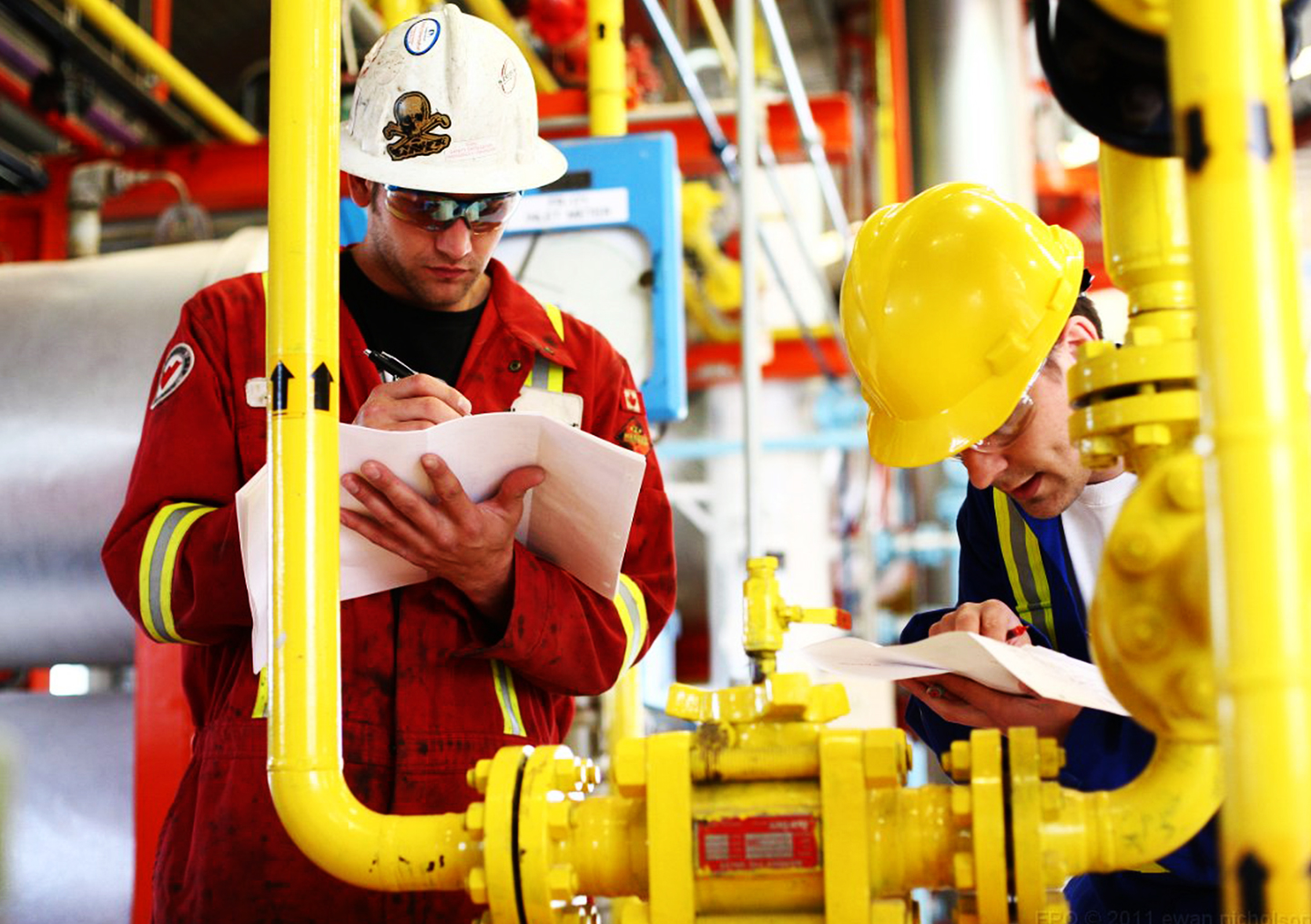
When the Construction Design and Management Regulations (CDM 2015) were introduced in 2015, construction experts pointed to far reaching consequences for project managers of large and small construction projects. Anyone involved in building and design now had to properly manage the health, safety and welfare of everyone involved in the construction project.
Although most traders have heard about the new regulations, few are aware of the details and what it means for their business. In a nutshell – the new rules are designed to ensure there are measures taken for health and safety on site and risk assessments are undertaken before any work has started.
Construction Phase Plan
If you’re the principal contractor on the project you’ll have to prepare a Construction Phase Plan (CPP). This is an outline to highlight that you’ve considered health and safety as an integral part of the project. You need to mark start and finish dates and illustrate the collaboration that has taken place between everyone on the job, so ensuring health and safety measures have been carried out. For businesses during 2017-18, there’s a particular emphasis by HSE inspectors on:
What do HSE inspectors look for?
What can the HSE inspector do?
Overall, the HSE will be on site to look at how well your business is managing health and safety risks. If you need to be updated or revised, inspectors will then advise on this. The idea is to help business owners to plan sensibly so risks are managed from the start of the project. They want to make sure you have the right traders for the type of job you need and there’s effective communications between all the professionals and contractors on the project. There also needs to be a transparent engagement policy regarding consultation with workers on site.
To carry out their role, inspectors have a number of tools they will use to enforce the regulations. These can range from written and verbal advice, improvement notices across the project and ultimately prohibition and prosecution notices. Moreover, under the Fees for Intervention (FFI) cost recovery scheme, the HSE can charge you for their time for inspection, investigation and enforcement action. So be warned. The more you do to mitigate risk on a project, the better it is for the health of your business.
Three tips to stay one step ahead
Finally, beware of complacency. Many business owners think that they are safe from HSE inspectors if their primary activities are not part of the above list. This is not true. You should always work meticulously through the guidelines regardless of the age of the buildings and type of work involved. For example, you will be held to account by inspectors if you fail to provide adequate toilet and washing facilities for all site workers. Forearmed is forewarned. Please remember that when it comes to HSE inspections.
Karsons Consulting are members of the Chartered Institute of Building Services Engineers, The Association of Consultancy and Engineering, British Institute of Facilities Managers and the Building Services Research and Information Association.